‘Straight out of a fairytale’: Portugal’s best towns and villages, by readers

Winning tip: Tavira, Algarve
Even the most cold-hearted atheist cannot fail to be impressed by the 37 churches of Tavira, the small town which, thanks to a slightly inland location, has avoided the overdevelopment of some Algarve resorts. And what could be more appropriate than to stay in a converted convent – Pousada Convento Tavira – in the centre of town, from where ferries run to Tavira island for beach lovers? But it’s hard to tear yourself away from the riverside restaurants and bars with views of the famous Ponte Romana bridge.
pousadas.pt, doubles from €123
Malcolm Matthew
SOUTH
Aljezur, Algarve
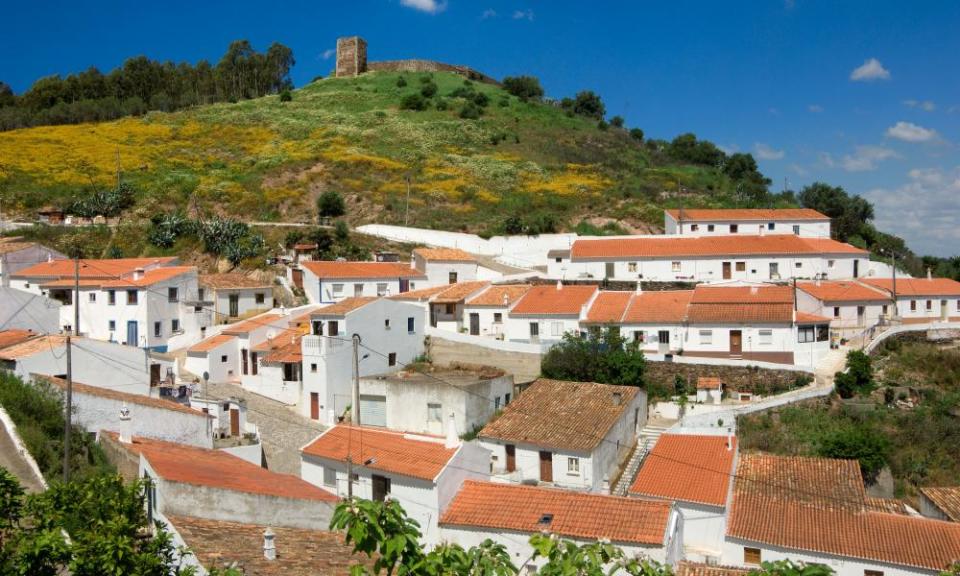
In October, you can smell the woodsmoke twisting and turning in the crisp morning air above the whitewashed cottages of Aljezur. The old town is a cascade of zigzagging narrow streets. They cut through a jumble of buildings – half chic Airbnbs, half crooked cottages stacked with gourds and firewood. A Moorish castle – a ubiquitous feature in the towns of southern Portugal – looms overhead. Go there at sunset to watch the light fade over the Aljezur estuary. During the day, drive through the wildflower meadows to Arrifana Beach to surf and sunbathe.
Joseph Francis
Guardian Travel readers' tips
Every week we ask our readers for recommendations from their travels. A selection of tips will be featured online and may appear in print. To enter the latest competition visit the readers' tips homepage
-
Évora, Alentejo

A beautiful historic city, Évora is a living museum with monuments from Roman times. The landscape is beautiful and surrounded by stunning villages with, I think, the best wine in the world, and typical Alentejo cuisine. It has excellent restaurants and bars as well as several museums and galleries. In summer, temperatures reach 40C but luckily Évora has beautiful pools and several river beaches. There is also a university, founded in 1559; this is truly a cultural city.
João Domingues
Elvas, Alentejo
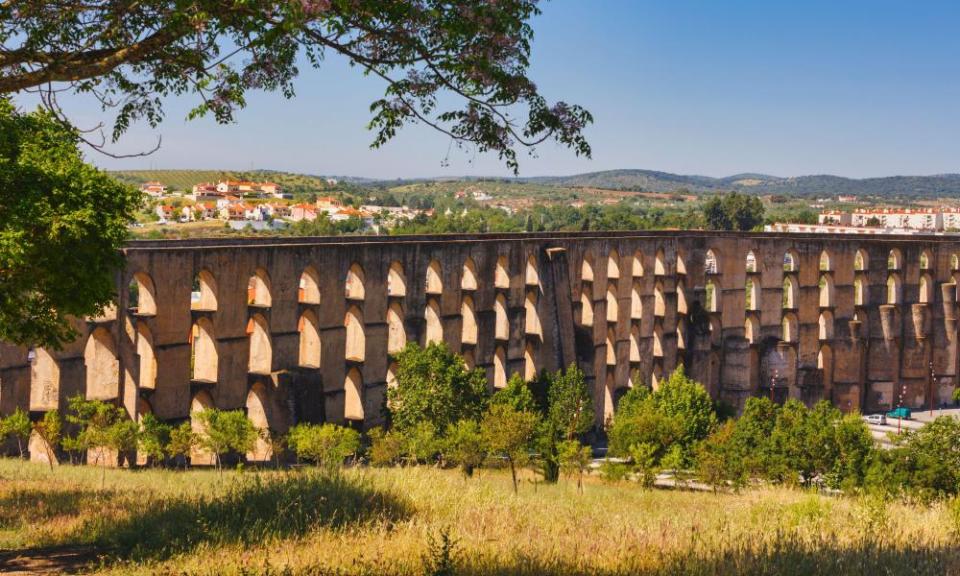
Elvas is right next to the Spanish border and is full of historical meaning to Portugal, as many battles between Portugal and Spain have been fought in the area. Sites like the town fortress, the castle, the aqueduct and the army museum I found to be very interesting. The local gastronomy is amazing and it’s easy to get an excellent meal at a reasonable price. Accommodation is affordable even during the summer (£50-£70 a nigh with breakfast and outdoor pool), the place is ideal for hiking and other outdoor activities and offers the possibility of a day trip to Spain, a few miles away.
Bruno
CENTRAL
Piodão, Serra do Açor
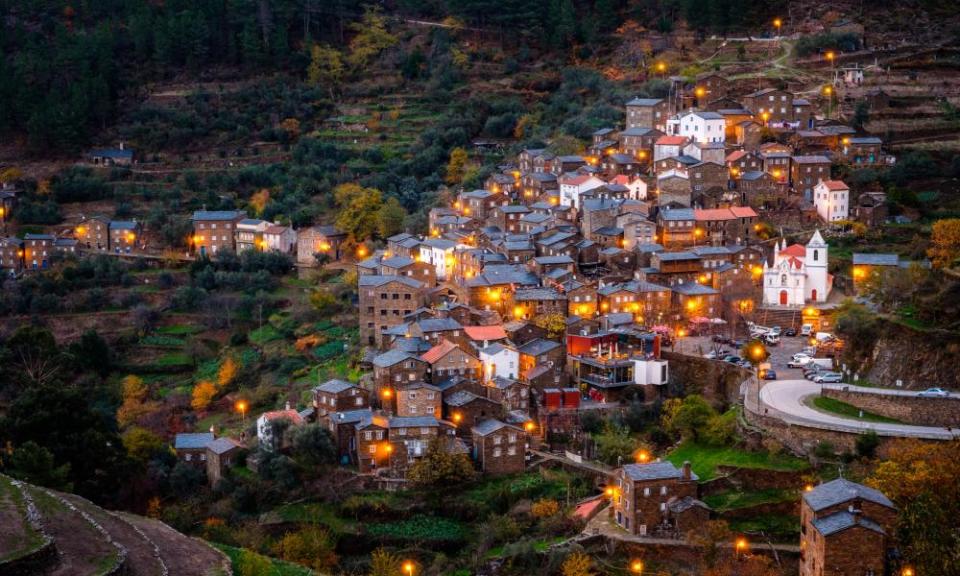
There is a small village nestled up in the mountains of the Serra do Açor that looks like it is out of a fairytale. This village is called Piodão and is one of 12 classified as Aldeias Históricas de Portugal – Historical Villages of Portugal. Piódão has featured in historical accounts since the 14th century, and was probably used by medieval fugitives hiding in the wild Portuguese mountains. Indeed, on a rainy day you should look from the other side of the mountain to see the village coming out of the fog. We went to Piodão on a rainy day and it couldn’t have been more perfect. We loved exploring all the peculiar alleys made of schist rock, and tasting some the local cajadas – milk tarts.
Laura Di Stefano
Monsanto, Castelo Branco
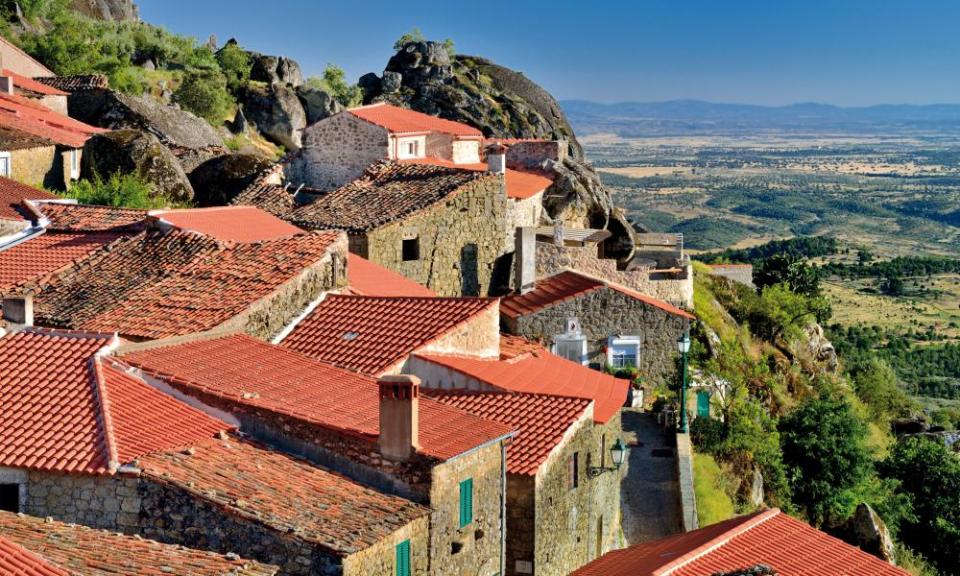
Monsanto is a mountain village with houses built into rock formations and a fabulous pousada – inn – with a superb restaurant. It’s a truly atmospheric and ancient village where local traditions are still played out in the streets, especially during religious holidays – and it’s good walking country too. The plains of east Portugal stretch away to the west and from the castle above the village, it seems that you have a view of the whole country. The cost of food and drink is low, even for Portugal, and bars serve simple, local dishes that are as impressive as anything found in more upscale places. A truly magical little town.
James David Rattigan
Tomar, Santarém
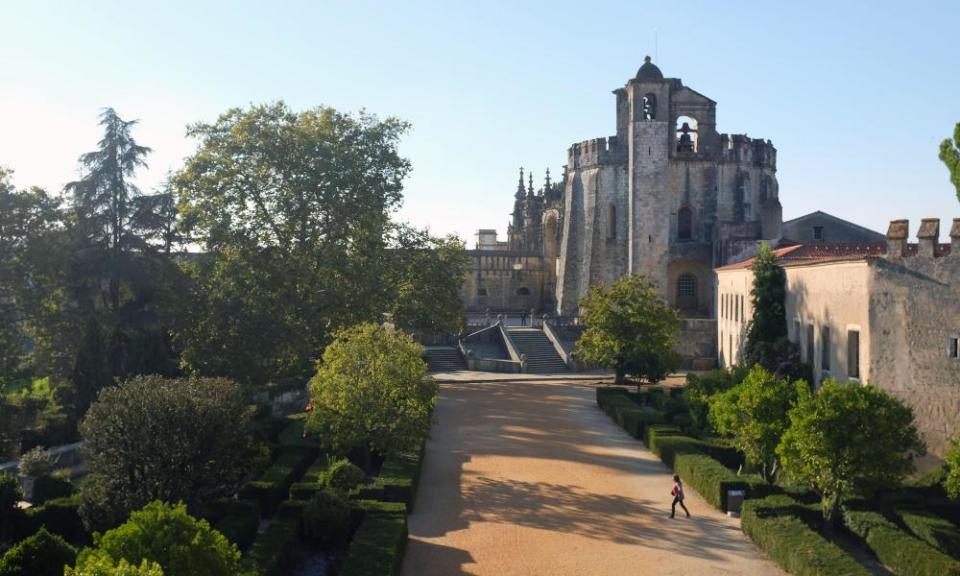
Related: We walked the world’s longest suspension bridge in Portugal’s natural playground
Tomar is truly a hidden gem, home to one of the most significant Templar strongholds, which evolved into the Convento de Cristo, now a Unesco world heritage site, as the extraordinary design of the chapel is unique in the world. It’s a delight to wander the quiet cobbled streets and alleyways of the old town or sit at one of the bars in the main square with views up to the fortifications on the hill above. While you’re there, drop into Le P’tit Français for brunch or coffee and delicious pastries sitting in a quiet sidestreet.
Gus MacLeod
Santa Comba Dão, Viseu, central Portugal
Santa Comba Dão is a beautiful small inland city that overlooks the Cris river where it joins the Dão, before the Dão joins the Mondego. The local granite buildings come with a beautifully formed wooden walkway through the old town. The centre of the local municipality, it used to provide a summer retreat for the wealthy. Now the local facilities of the cycle path, the Ecopista de Dão, and the beautiful beach of the Ribeira da Senhora on the Mondego river are available to all.
Diana
WEST
Aveiro

After driving nearly the full length of Portugal late this summer, it was picturesque Aveiro that held the most surprises. It was in this historic canal city, sometimes regarded as the “Portuguese Venice”, that we discovered art nouveau buildings, vast and unspoiled beaches lined with distinctively colourful striped houses (originally huts built by local fishermen), and a range of eating options (try the traditional egg sweets ovos moles) including vegetarian/vegan, sometimes a rarity elsewhere in the country. Just like Venice, there is much to discover beyond just gliding down the canals – in this case in a moliceiro, not a gondola.
Victoria Cao
NORTH
Guimarães
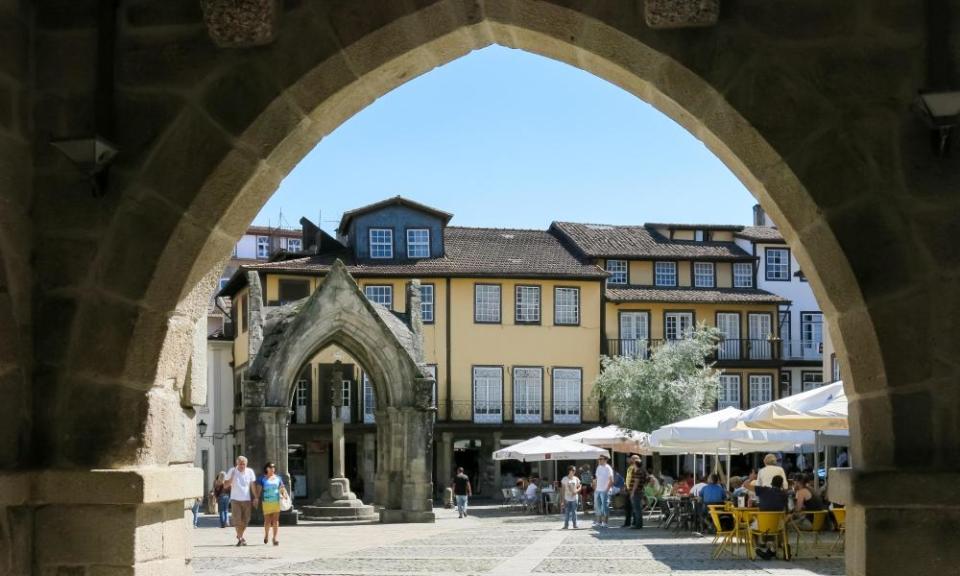
Given its claim to be the “birthplace of Portugal”, it’s odd Guimarães isn’t on the regular tourist itinerary. A 55-minute train-ride from Porto and a 10-minute walk bring you to the old town, with elegant understated buildings, quiet streets where people bring their kitchen chairs on to the pavement to chat, royal monasteries, palaces, and the general relaxed ambience of a small Portuguese town that doesn’t flaunt its treasures. A gondola provides an easy route up Penha hill, a huge area of forest and gigantic boulders, with a remarkable mid-20th-century church drawing crowds on Catholic feast days and festivals. From here, the views across the plains to the north are spectacular.
Barbara Forbes


